Question
Make up your OWN identity. Start with a trigonometric expression, and apply substitutions and algebraic processes to create equivalent expressions. Justify each step. Verify your
Make up your OWN identity. Start with a trigonometric expression, and apply substitutions and algebraic processes to create equivalent expressions.
Justify each step. Verify your identity graphically and algebraically.
I have already made up my own identity witch is
So an identity you can use is ... 1/4 sin^2 (2x) = sin^2(x) * (1-sin^2 (x))
Begin by thinking of sin and cosine. Cosine: cos(x) substituted with sqrt(1 - sin^2(x)) because of Pythagorean theorem
Then, consider the expression sin^2(x) * cos^2(x). This will become sin^2(x) * (1 - sin^2(x))
After that, factor the expression by taking out a sin^2(x) term: sin^2(x) * (1 - sin^2(x)) = sin^2(x) * (1 - sin^2(x))
Then, apply the double-angle identity sin(2x) = 2 * sin(x) * cos(x). We'll square both sides to get sin^2(2x) = 4 * sin^2(x) * cos^2(x)
Substitute sin^2(x) * (1 - sin^2(x)) from the earlier step into the double-angle identity: sin^2(2x) = 4 * sin^2(x) * (1 - sin^2(x))
Divide both sides by 4: (1/4) * sin^2(2x) = sin^2(x) * (1 - sin^2(x))
And that's what you have to do to get the identitythe world around us. This essay will delve into the beauty and significance of mathematics, discussing its historical development, key concepts, and real-world applications.
Historical Development:
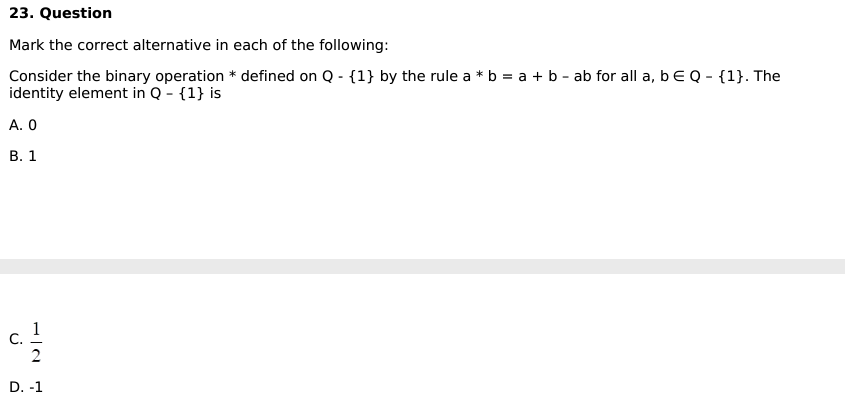



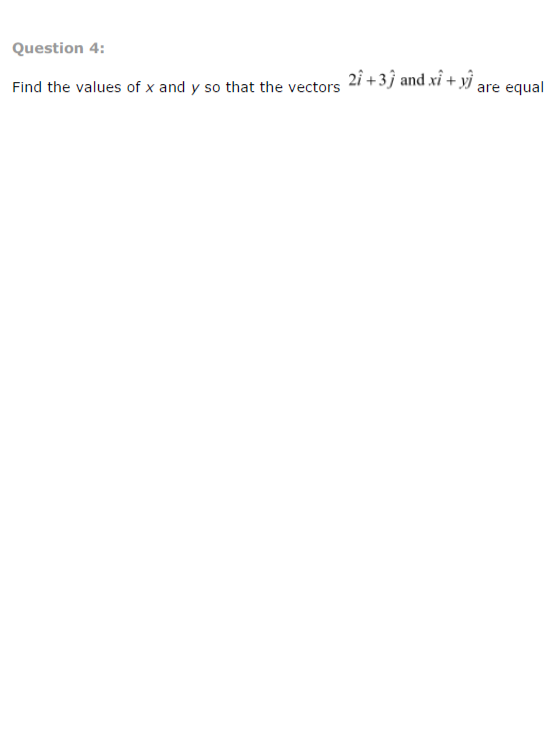

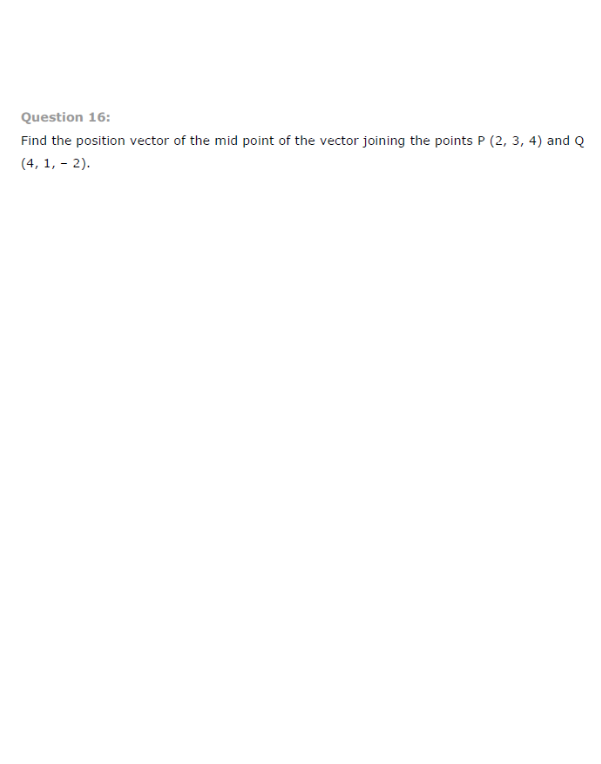
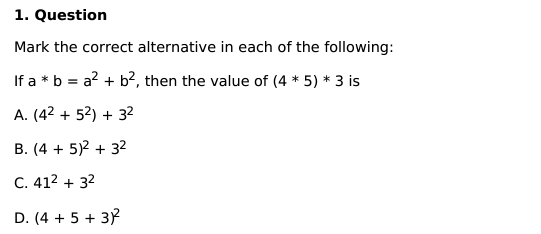

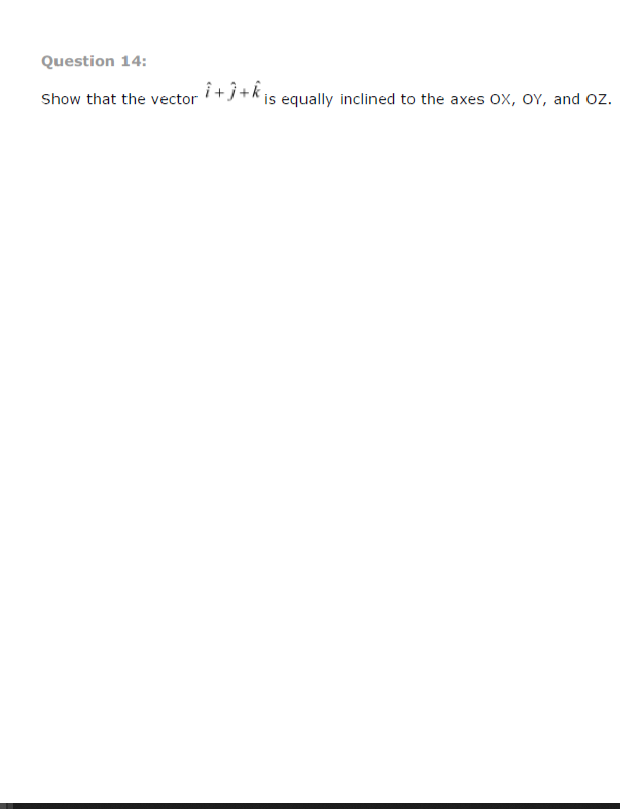
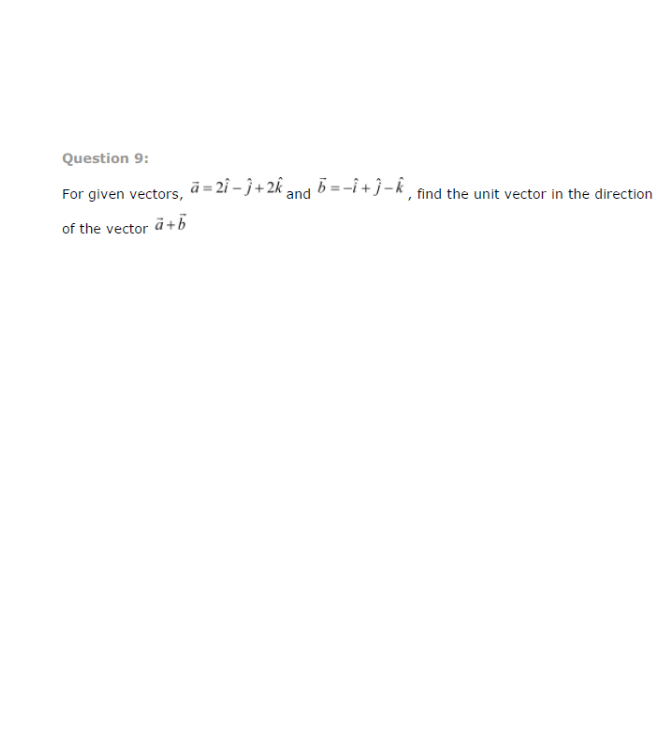
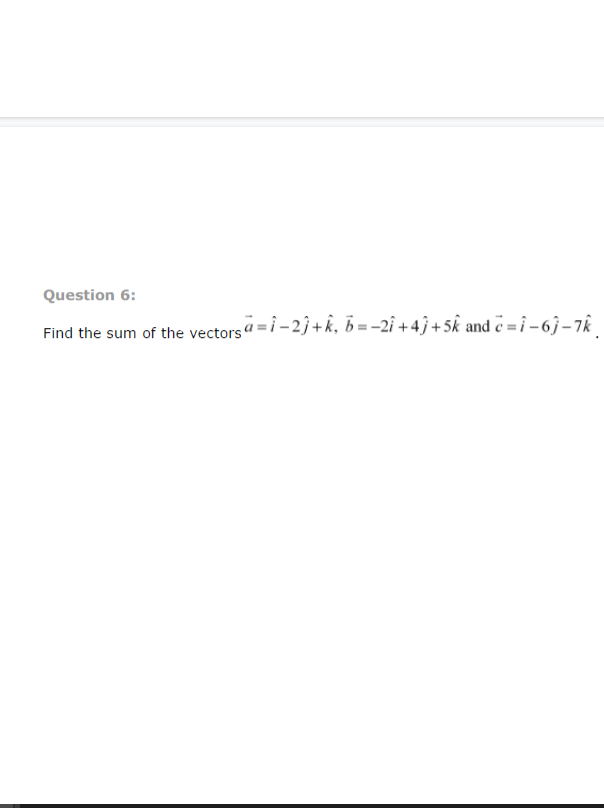
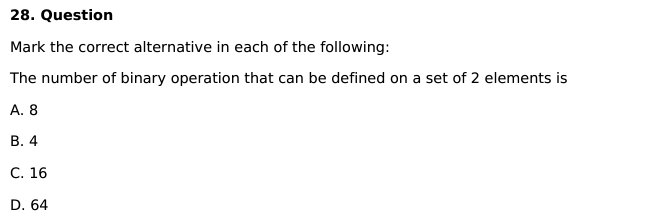
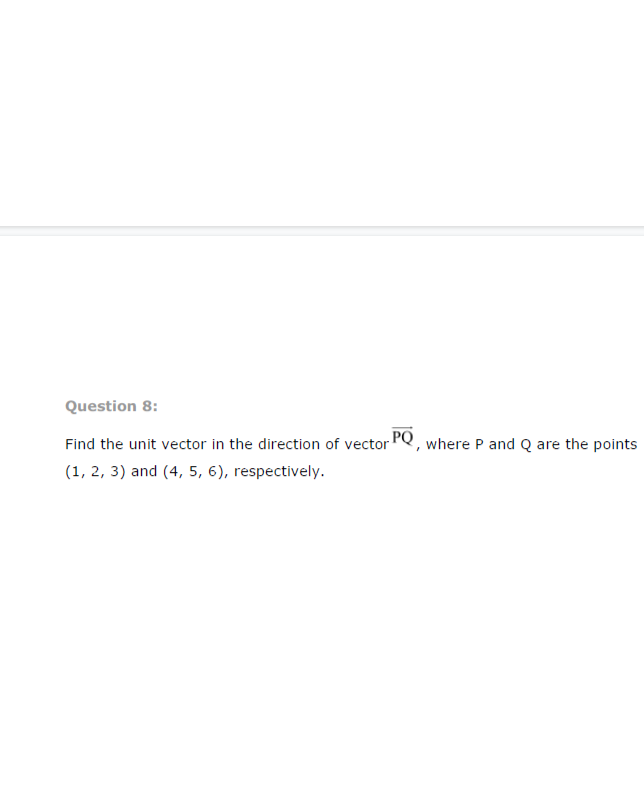

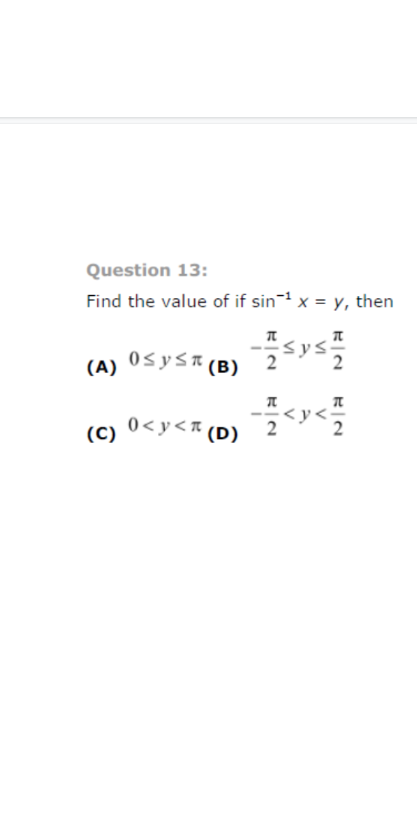


Step by Step Solution
There are 3 Steps involved in it
Step: 1

Get Instant Access to Expert-Tailored Solutions
See step-by-step solutions with expert insights and AI powered tools for academic success
Step: 2

Step: 3

Ace Your Homework with AI
Get the answers you need in no time with our AI-driven, step-by-step assistance
Get Started


